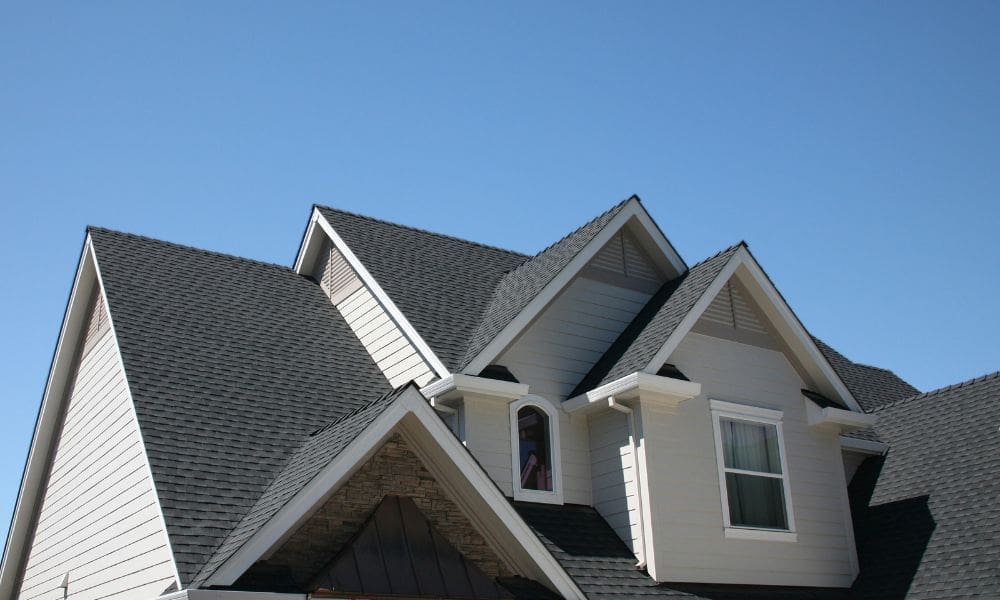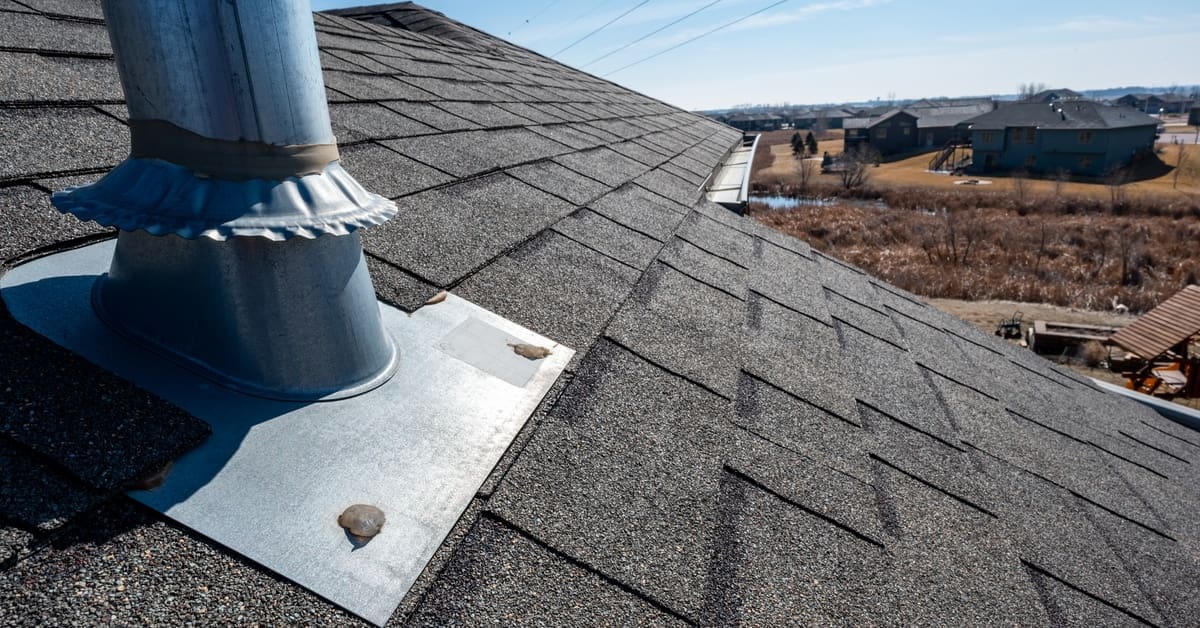When humans vent, they want to blow off steam and calm down. After doing so, most people feel better. But imagine if people didn’t have a way to vent effectively—what would that look like? They might be more inclined to throw temper tantrums because they’ve been withholding all that frustration that’s burning on the inside.
The same philosophy can apply to a roof with literal heat. Let us detail why proper ventilation in your roofing system matters.
Extends the Roof’s Lifespan
A new roof is a large investment that you should want to protect at all costs. At the very least, a new roof should last decades. Because of that, ensuring your roof has the proper ventilation is key.
The buildup of heat in an attic that lacks proper ventilation may harm the structural integrity of the home’s rafters, underlayment, and other roof components. Ensuring your roof has enough ventilation will allow that air to escape, which can help prevent our next area of concern.
Safeguards Against Mold
One of the worst four-letter words any homeowner wants to hear is mold. Removing mold from a home is paramount. If the mold spreads like soft butter on toast, it could significantly affect your health and wallet.
The good news is proper roof ventilation minimizes condensation, a leading cause of mildew and decay. There’s much more moisture in the air than you realize in your house. For instance, you generate warm, moist air in your house by doing laundry or cooking.
Without an adequate vapor barrier, this moisture will move upward to your ceilings and attic, leading to condensation. That condensation can foster the formation of mold and mildew, both of which can be hazardous. Keeping your insulation dry and protecting it from condensation damage is as simple as having good ventilation.
Prevents Ice Dams
Another issue that could arise from weak ventilation is a phenomenon known as ice dams. For those living where snow is prevalent through the winter—or, in the case of Wisconsin, late fall to early spring—ice dams can cause problems.
When toasty air rises to the roof deck, it melts the snow that makes its way down the roof, creating dangerous ice dams that can significantly injure you.
There are two ways in which adequate ventilation might assist in preventing these dangerous ice dams from forming.
- It sends the warm air in your home up to the roof’s peak and out the chimney.
- It maintains an interior temperature equal to the outside air, stopping snow from melting and forming ice dams.
The idea of keeping your home the same temperature as a cold December day isn’t all that appealing, so option one is probably what you’ll go with.
Provides a Consistent Temperature Throughout the Home
As you walk around your home, you may notice each room’s temperature varies, which shouldn’t be happening. Temperature inconsistencies can throw your thermostat for a loop, resulting in a rude awakening on your month’s energy bill.
Ventilation circumvents that issue because it permits warm air to escape while allowing cool air to enter, and vice versa. Ideally, good ventilation will keep your home comfortable by providing consistent temperatures all year.
At A-Rite Construction, we know why proper ventilation in your roofing system matters. So if you’re looking for the best roofing contractors near Wausau, WI, give us a call!



